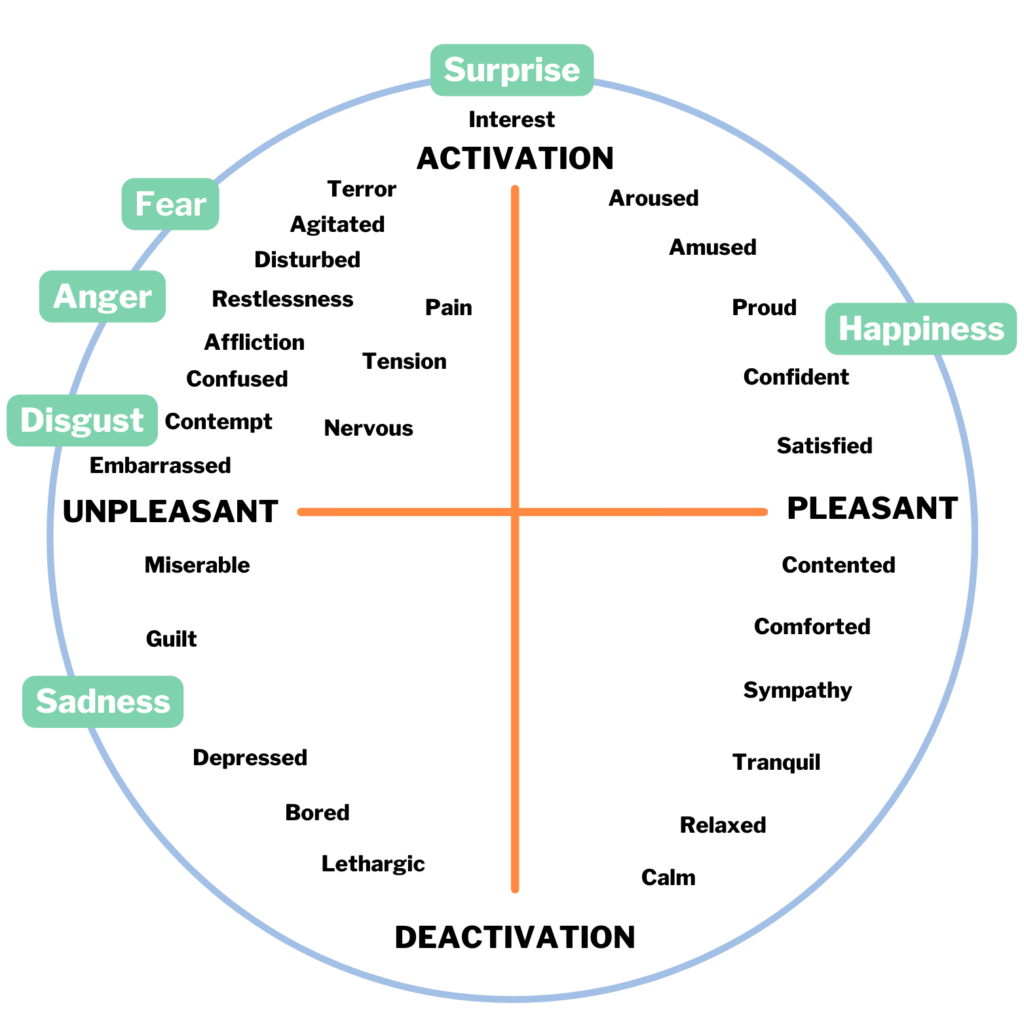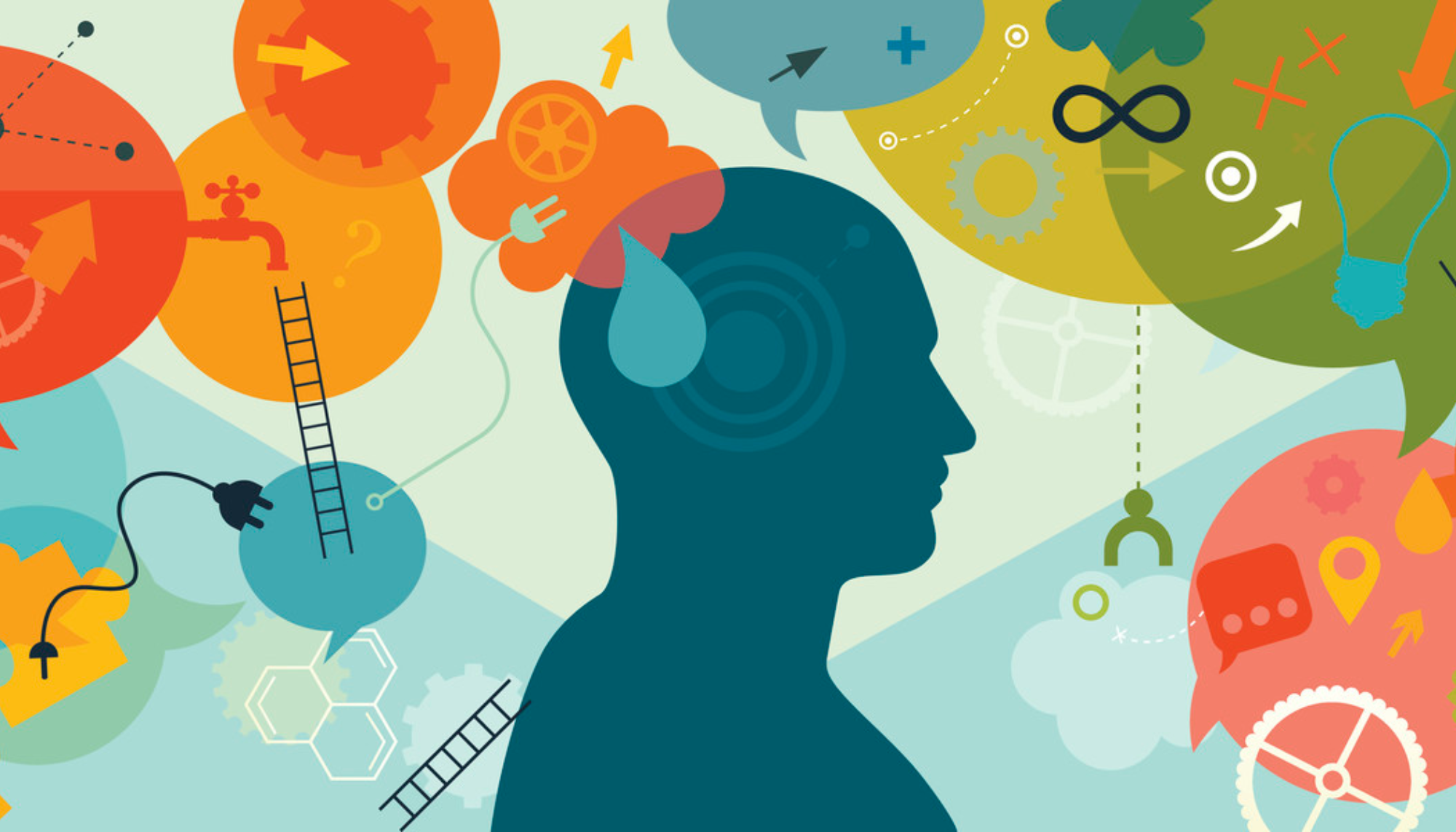The Main Takeaways
- Brands that understand human emotions have a clear competitive advantage.
- "How do we get people to buy?" Has given way to "What are people really needing/wanting, and how can we make it happen for them?"
- People make rational decisions by weighing the pros and cons, but this process is still emotional.
- Customers can feel many different types of emotions, and each type of emotion prompts a different decision.
- People have different expectations for customer experiences, and brands can frame and set up those expectations to elicit rewards from customers.
It’s a business imperative to understand the basics of human emotions. They are, after all, the foundation of any good (and bad) customer experience (CX). If your brand understands emotions – what they are, what they’re not, how to look for them, and how to measure their change – then you have a clear competitive advantage: you know exactly what your customer needs and exactly what to do to meet those needs.
The result is a human experience that is a true journey for people, one that they choose to go on with you to feel good about you and build up confidence in their decision to trust and buy from you.
A Change in How We Think About Emotions.
There’s a shift in how we think about emotions in Customer Experience contexts. We’ve started to empower the customer by treating them like a human. It’s the philosophical premise and starting point behind customer centricity: You put the customer at the center not to exploit their emotional needs but to serve those needs, thereby making the customer emotionally whole.
Gone are the ad agency days when all we (the business) cared about was knowing about people’s subconscious emotional urges so we could exploit them for immediate economic gain. Think of subliminal messaging in advertising. That sort of stuff has gone by the wayside. “How do we get people to buy?” has given way to “What are people really needing/wanting, and how can we make it happen for them?”
You put the customer at the center not to exploit their emotional needs but to serve those needs, thereby making the customer emotionally whole.
While we still have the Freudian Id-like urges lurking under the surface of our consciousness, ready to be taken advantage of, that’s a tiny part of the picture. Emotions connect at all levels to produce a rich tapestry of the human experience that customers (humans) rely on every single day to derive meaning and fulfillment from various experiences, including interactions with your brand and other brands in the marketplace.
So, here’s what we’ve come to understand about emotions according to the latest psychology and neuroscience findings. Why should you care? Your customers rely on these principles daily to choose to engage with you … or not. It’s good for your customer, which means it’s good for business.
Emotions Cannot Be Ignored.
Ancient belief systems engineered the notion that emotions are somehow bad. The Stoic philosophers saw the “passions” as excesses of hedonism and the cause of our suffering and distress. To them, the virtuous life, the good life, was one free of emotions.
This couldn’t be more wrong.
In the past few decades, psychology and neuroscience have proven that emotions are integral to human functioning. Even the supposedly ‘higher order’ human faculties rely on emotions. It also happens in consumer decision-making contexts.
Customers will rely on logic or carefully weigh trade-offs in deciding to go with Brand X over Brand Y. Such a calculated decision-making process, while deliberate and reflective, is still emotional. It’s not that once we enter into ‘rational mode,’ all emotions go out the window. On the contrary, emotions help us weigh the pros and cons and get us to a decision that feels good and suitable for us.
If your brand understands emotions - what they are, what they're not, how to look for them, and how to measure their change - then you have a clear competitive advantage
Take, for example, the famous theory called the Somatic Marker Hypothesis. It argues that there are key brain regions associated with feelings of emotions, such as fear, anxiety, and disgust. When those regions are damaged in people who have suffered a stroke or traumatic brain injury, the ability to engage in cost-benefit analysis is lost. Simply put, human logic goes out the window because the emotions are neurologically absent.
There's Much More to It Than Positive vs Negative Emotions.
Emotions go far beyond the basic, happy vs sad distinction. There are subtle differences to be aware of. Different moments in the customer journey will prompt such nuanced expressions of emotions, not to mention different segments or categories of people will respond in different ways. It gets complicated fast, but it’s here where we need to start.
The best way to think of these nuances is to see our emotions as existing within a circumplex of 2 dimensions. Take a look at the image below as we navigate our way through the emotional map of human experience. The activation dimension runs vertically (from deactivation to activation), while the valence dimension runs horizontally (unpleasant to pleasant). For example, you will find a high activation + unpleasant state in the top-most and left-most regions of the circle. That would be terror, agitation, etc. You will find a low activation + unpleasant state in the bottom-most and left-most regions in the circle. That would be lethargy and boredom, both negative emotions, but very different experiences.

Now let’s switch to the right side for some feel-good vibes. First, a high activation + pleasant state is positioned at the top-most and right-most regions of the circle. That would be aroused and amused. Then, finally, a low-activation + pleasant state is positioned in the bottom-most and right-most regions of the circle. That would be calm and relaxed.
The takeaway here is that it’s not enough to say that a customer feels good (or bad). A customer feeling relaxed is in a totally different mindset than a customer feeling proud, even though both are on the right side of the graph (as positive/pleasant). As you can see, they differ in their vertical placement, or in other words, the degree of (de)activation.
So why is this important? Because your customers make different decisions in those different states. Let’s get into that next.
Is 'Negative' Even the Right Way to Think About Our Emotional States?
Labeling our emotions as positive vs negative is a human invention. Emotions in and of themselves are neither good nor bad. They just are. The reason for having a particular emotion is because it helped our ancestors (and still helps us today) solve some sort of problem. All our emotions, including the negative ones, serve an adaptive purpose. A wonderfully playful example of this is Disney’s Inside Out – a movie that teaches young kids (and adults) about what emotions are and how they serve us. (By the way, the creators of that movie consulted leading psychologists as they were writing and developing the script. So it’s about as scientifically accurate as any Disney cartoon can get.)
Anxiety, for example, is the brain’s way of saying that we should be extra vigilant of any possible dangers or threats around us. And yes, this response can go haywire in some people, but simply understanding the function of anxiety can make it easier to accept and move on. We saw this come to life during COVID lockdowns when people’s purchase decisions were heavily influenced by their emotional states. For example, researchers noticed that people over-purchased necessity items when feeling anxious or afraid, while they over-purchased non-necessity items when feeling sad or depressed.
Then there’s anger. We often think of this state as being negative, something bad or to be avoided. But neuroscience research has shown that anger is more similar to pleasant emotions like happiness and pride than unpleasant emotions like anxiety or fear. At the level of the brain, anger is what we call “approach motivated” as opposed to “avoidance motivated.” That means that someone in a state of anger will feel motivated to act, move forward, and pursue (think the opposite of freezing or ‘avoiding’ when in a state of anxiety).
Researchers at Kellogg Business School have shown that customers feeling angry in a purchase context will make more goal-oriented (“approach style”) choices, are less likely to delay their purchase, are less likely to compromise, and are ultimately more satisfied with their choice than those who are feeling sad, anxious, or neutral. In short, anger isn’t a “negative” at all. Instead, it can serve people and customers to get what they want when they want it.
Using Emotions to Plan and Change Behavior.
Much of our daily life is trying to predict what will happen in the future. We create ongoing mental models of what we expect the future to hold. As the world unfolds into the present moment, if we experience a discrepancy between the internal model and outside reality, our emotions kick in to let us know about it. Our emotions are there to send a warning sign. As a result, we learn and change our behavior.
Neuroscientists call these “reward prediction errors.” They are signals that arise in various parts of the brain (most notably the midbrain and amygdala) and track closely with dopamine-based rewards. You can have positive prediction errors (the outcome/reward of reality exceeds my expectations) or negative prediction errors (the outcome/reward of reality is below my expectations). In either case, our behaviors change anytime there’s a change in dopamine levels in the brain and body. Rewards motivate us to act the next time around.
Our emotions are there to send a warning sign. As a result, we learn and change our behavior.
People enter into a customer experience scenario with different expectations. How they arrive at those expectations is an opportunity for your brand. How you frame and set up the expectations for your customers can be an effective tool to elicit rewards to customers at the right time – to optimize the occurrence of positive prediction errors. In many cases, feeling “dazzled” is the brain-based event of a positive prediction error – exceeding a customer’s expectations. The dopamine effect, as a result, will drive that customer to engage next time. It’s the neuroscience of continued purchasing and brand loyalty.
So, Now What?
As the title of our piece suggests, it’s time for your brand to get emotional – to dig deep into how your customers feel, what they feel, and why.
Emotions are complicated, far from black-and-white, and have a profound effect on customer behavior, as well as their perception of your brand. Staying ahead of the curve and becoming an expert in emotions is a smart strategy for understanding – and therefore serving – your customers. Using the right techniques to uncover customers’ emotions at every stage of the journey is a guaranteed win for customer success and business success.




